517763
2,2′-Bipyridine-5,5′-dicarboxylic acid
97%
Synonyme(s) :
6,6′-Binicotinic acid
About This Item
Produits recommandés
Pureté
97%
Pf
>360 °C (lit.)
Chaîne SMILES
OC(=O)c1ccc(nc1)-c2ccc(cn2)C(O)=O
InChI
1S/C12H8N2O4/c15-11(16)7-1-3-9(13-5-7)10-4-2-8(6-14-10)12(17)18/h1-6H,(H,15,16)(H,17,18)
Clé InChI
KVQMUHHSWICEIH-UHFFFAOYSA-N
Vous recherchez des produits similaires ? Visite Guide de comparaison des produits
Description générale
Application
- Zn-MOFs Containing Pyridine and Bipyridine Carboxylate Organic Linkers and Open Zn2+ Sites: This study discusses the synthesis and characterization of Zinc-based Metal-Organic Frameworks (MOFs) utilizing 2,2′-Bipyridine-5,5′-dicarboxylic acid as a linker, showing potential applications in gas storage and separation (J Kim et al., 2015).
- Ethylene oligomerization in metal organic frameworks bearing nickel (ii) 2, 2′-bipyridine complexes: Reports the use of 2,2′-Bipyridine-5,5′-dicarboxylic acid in Nickel-based MOFs for catalyzing ethylene oligomerization, highlighting the versatility of MOFs in catalysis (MI Gonzalez et al., 2017).
- Two 3-D metal organic frameworks containing 2, 2′-bipyridine-5, 5′-dicarboxylic acid: synthesis, structure, and magnetic properties: Discusses the synthesis and magnetic properties of two 3-D MOFs built with 2,2′-Bipyridine-5,5′-dicarboxylic acid, demonstrating potential for advanced material applications (M Fang et al., 2014).
Mention d'avertissement
Warning
Mentions de danger
Conseils de prudence
Classification des risques
Eye Irrit. 2 - Skin Irrit. 2 - STOT SE 3
Organes cibles
Respiratory system
Code de la classe de stockage
11 - Combustible Solids
Classe de danger pour l'eau (WGK)
WGK 3
Point d'éclair (°F)
Not applicable
Point d'éclair (°C)
Not applicable
Équipement de protection individuelle
dust mask type N95 (US), Eyeshields, Gloves
Faites votre choix parmi les versions les plus récentes :
Déjà en possession de ce produit ?
Retrouvez la documentation relative aux produits que vous avez récemment achetés dans la Bibliothèque de documents.
Les clients ont également consulté
Notre équipe de scientifiques dispose d'une expérience dans tous les secteurs de la recherche, notamment en sciences de la vie, science des matériaux, synthèse chimique, chromatographie, analyse et dans de nombreux autres domaines..
Contacter notre Service technique
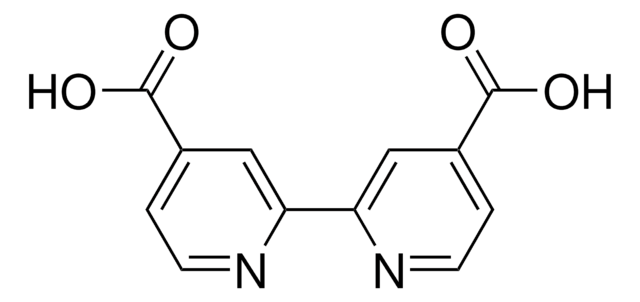
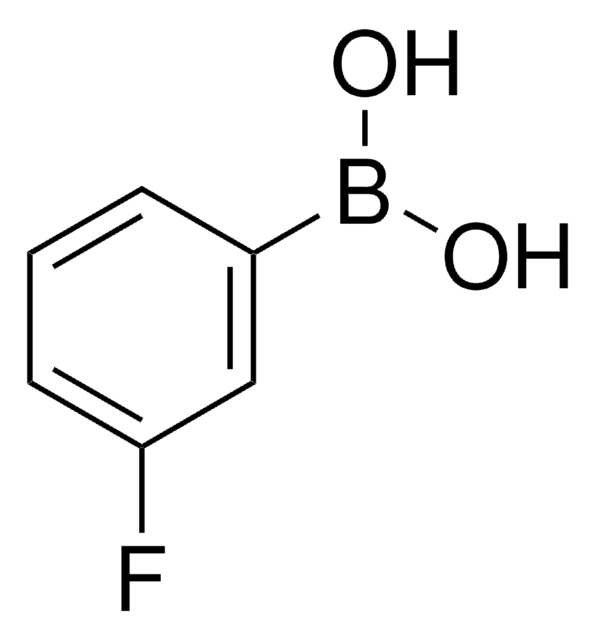
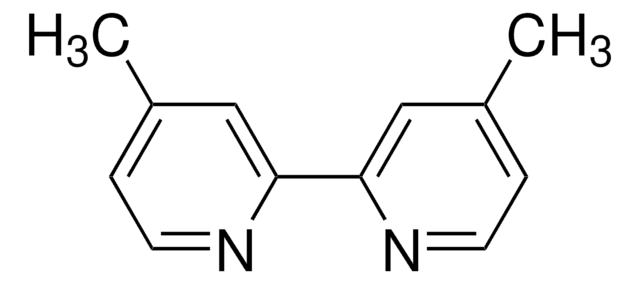
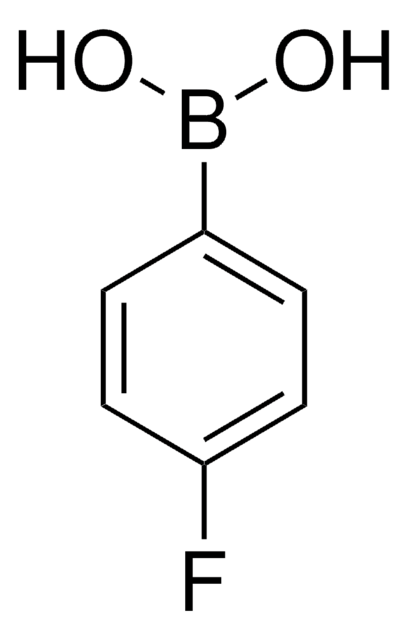

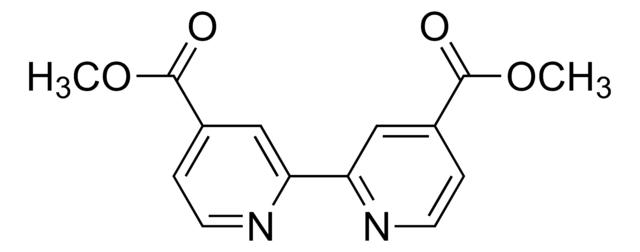
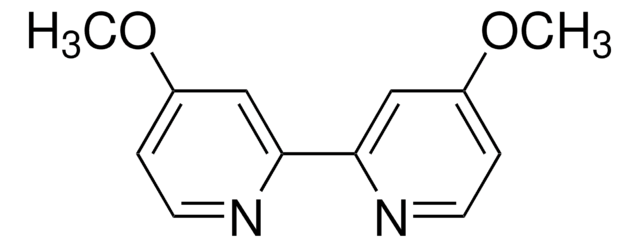
![[Pd(OAc)2]3 reagent grade, 98%](/deepweb/assets/sigmaaldrich/product/structures/508/249/99a0ef2c-b77c-4d73-8ed9-0cca05b6b41f/640/99a0ef2c-b77c-4d73-8ed9-0cca05b6b41f.png)
![1,4-Diazabicyclo[2.2.2]octane ReagentPlus®, ≥99%](/deepweb/assets/sigmaaldrich/product/structures/366/129/a6ff4175-974d-4fac-9038-b35e508ef252/640/a6ff4175-974d-4fac-9038-b35e508ef252.png)



